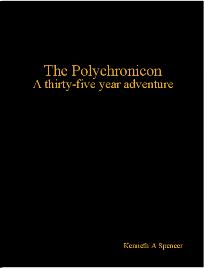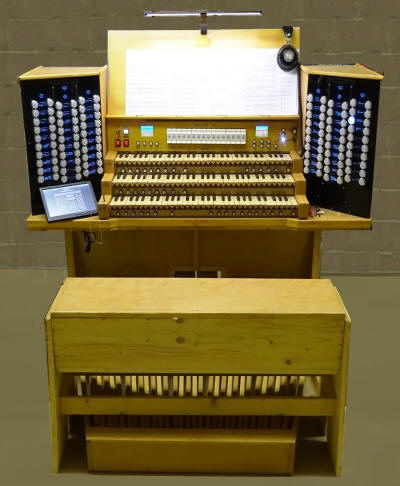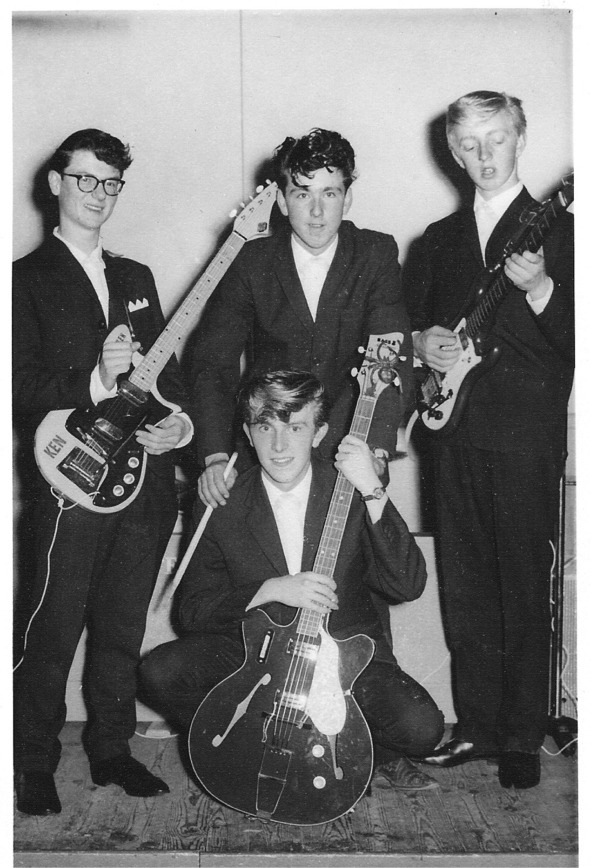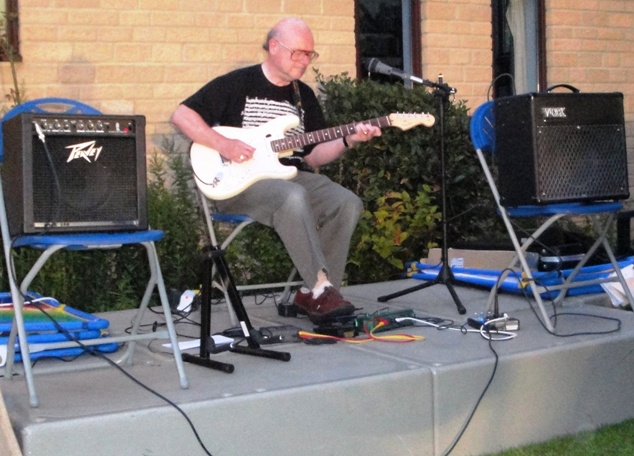The Acer DX1150 Projector
Do you have an Acer DX1150 Projector?
Have you fallen foul of the OpenScreen utility which causes the projector to become inoperable because
it overwrites the firmware code?
Have you contacted Acer about this problem? You will be lucky to get help from Acer!
If you need help with the DS1150 Projector Firmware, click
here. |
AliExpress: a note of
caution! We all appreciate the range of products available at good
prices from the Chinese eBay equivalent, AliExpress.
However there is some risk.
One of their traders, TopTon
MiniPCs offers well-priced, well-specified small form factor
PCs of good performance. But beware, they have a good selling
infrastructure but a very poor support infrastructure for when things go
wrong. If you have to return a PC to China, be prepared for an abysmally
long journey time, prolonged delays in Chinese Customs, and then an
interminable (e.g. six months?) time whilst TopTon examine your PC and
decalre that you are right, it does not work! You may be better off
claiming against your credit card service provider at the outset! |
English: the language of the world given
freely to the world by the English nation!
Do you spell the words of the English language correctly? Are you able to
distinguish verbs and nouns by their spelling?
Advice (noun)/advise (verb), aesthetic, archaeology, ardour, boulder,
cancel/cancelled, centre/centred, colour, defence, device (noun)/devise (verb),
disc, favour, flavour, fibre, glamour, goitre, jewellery, label/labelled,
licence (noun)/license (verb), manoeuvre, marvellous, marvelled, mould,
neighbour, organise, paediatrics, practice (noun)/practise(verb), recognise,
rumour, sabre, sceptic, stabilise, theatre, travel/travelled, valour.
http://SpeakEnglish.atwebpages.com |
Adventure Gaming?
Is that one of your interests? Adventure Gaming - do you play rôle-based
adventure games such as Dungeons & Dragons (D&D)? If so, you might be
interested in looking at this site:
http://fridayventurers.mywire.org
It features some of the adventures of a group of gamers (The Friday
'Venturers) who played for 40 years, during which time they travelled all
over their self-consistent created world.
The site also gives details of a large book (hard back, and in full
colour) which details the first 35 of those adventuring years.
NB.: the D&D site recently moved from its old home (where is was based
for almost 10 years) at
http://fridayventurers.mine.nu - its no good looking there, because it's
gone! |












